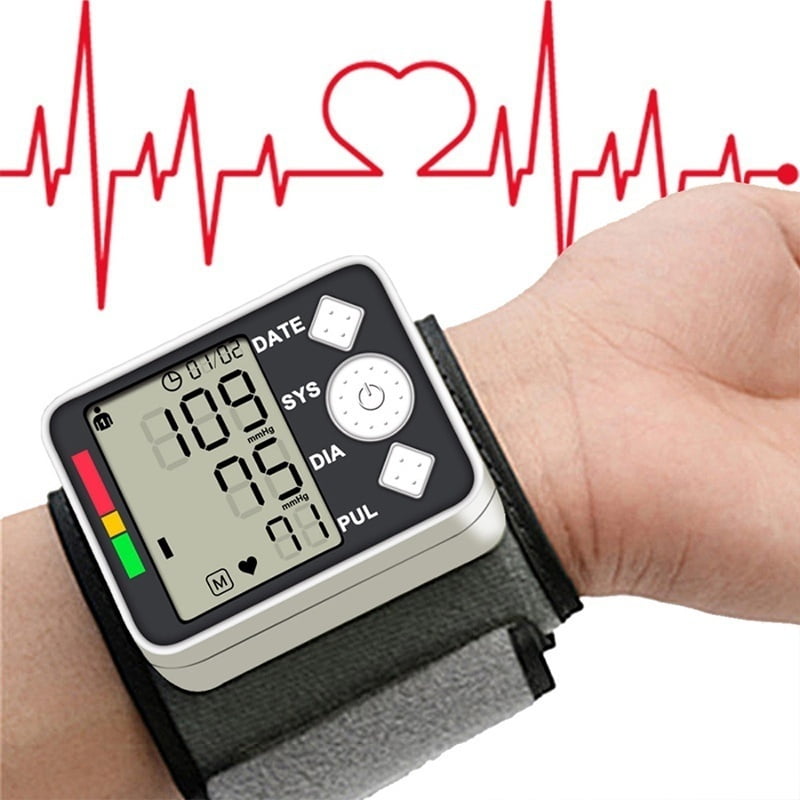

The heart beat rate is controlled by pace-making cells within the heart. As a very general physical proposition, the more blood available to transport energy products such as glucose, fluids, nutrients, as well as carry away wastes from the generation of energy, the greater the body's physical capabilities. Heart rate, most commonly measured as the number of beats per minute, is directly tied to the cardiac output: the more the heart beats, the greater the volume of blood that is directed through the blood vessels of the body. To appreciate how the heart monitor is able to record heart rate, it is important to understand how the heart is stimulated to beat, as well as the relationship between the speed and frequency of heartbeat with the overall performance of the cardiovascular system. The portable heart monitor, a variation of the electrocardiogram, was developed as one of a number of biofeedback tools available to assist athletes in a number of ways.

It was difficult to obtain statistical data concerning heart function while the athlete was participating in the activity. The measurement of pulse by way of the fingers was an inaccurate method to gauge heart function.

Prior to the electrocardiogram, heart rate was typically measured through the manual application of the recorder's fingers on the skin of the person near the location of a major artery, such as at the wrist (radial artery) or the neck (carotid artery), to feel the pulse, count the rhythms, and measure the rate against a stopwatch. The electrocardiogram is a device that permits the measurement of heart rate by way of a direct connection between a person's heart and the machine. The first electrocardiogram, a leap forward in the scientific ability to analyze the heart and its patterns, was developed in the 1920s by Dutch physiologist Willem Einhoven (1860–1927). The number is normally 95 or higher, and anything below 90 means your body may not be getting enough oxygen.The importance of heart rate to the assessment of physical performance in athletes has been well understood for more than 200 years the tools for the collection and the measurement of such data were limited until the twentieth century. Oxygen saturation: This number measures how much oxygen is in your blood, on a scale up to 100. Respiration: A resting adult typically breathes 12 to 16 times a minute. Temperature: Normal body temperature is usually thought to be 98.6 F, but it actually can be anywhere from just under 98 degrees F to a little over 99 without concern. The first number (systolic) should be between 100 and 130, and the second number (diastolic) should be between 60 and 80. People who are more active can have slower heart rates.īlood pressure: This is a measure of the force on your arteries when your heart is beating (known as systolic pressure) and when it’s at rest (diastolic pressure). Heart rate: The hearts of healthy adults typically beat 60 to 100 times a minute. The monitor will make certain sounds if any of your vital signs fall below safe levels. Some can even show how much pressure is on your brain or how much carbon dioxide you’re breathing out.

More advanced models also show how much oxygen your blood is carrying or how fast you’re breathing. The most basic monitors show your heart rate, blood pressure, and body temperature. Many today have touch-screen technology and get information wirelessly. The devices have changed a lot since the first electronic heart monitor was invented in 1949. Some sensors are patches that stick to your skin, while others may be clipped on one of your fingers. Small sensors attached to your body carry information to the monitor. Though there are many different makes and models of vital sign monitors, most generally work the same way. If you or a loved one is in the hospital, you might find yourself paying closer attention to it, wondering what the numbers and beeps mean. On TV or in movies, they start making noises, and doctors and nurses come running, yelling things like “stat!” Electronic vital sign monitors have been common in hospitals for more than 40 years.


 0 kommentar(er)
0 kommentar(er)
